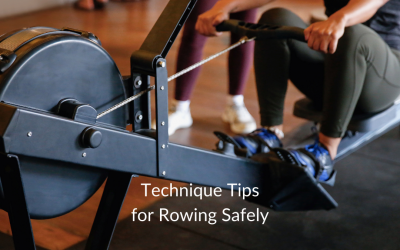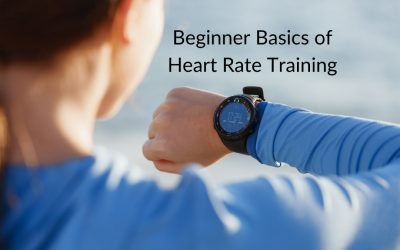The Pause Drill
Another week, another drill.
The pause drill is exactly what it sounds like. You pause in the middle of your stroke at certain places in order to achieve a specific technique fix.
For example, if you bend your knees early on the recovery before the hands are extended and the body rotates forward, you can pause at body over before your legs move. This allows you to take that second to make sure you are in the correct body position before continuing your stroke.
You can also pause at arms away before your body hinges forward from the 11 o’clock position to the 1 o’clock position. This would be a good place to pause if you needed to work on getting the arms extended before hinging your body forward.
Pausing at half slide would make you think about rushing up to the catch too fast. This would be good if you are used to pulling yourself up the slide.
If you’re looking to improve your acceleration of your drive, you could practice pausing at the finish. You need to be careful here though, because you don’t want to start rushing up to the catch when you’re practicing pausing at the finish. Also, be careful that this pause at the finish doesn’t become a habit in your normal stroke. Pausing at the finish can be useful for practicing acceleration, but don’t get stuck doing it all the time.
I don’t recommend pausing in the middle of movements. For example, don’t pause when the arms are only halfway extended, or the body has only slightly hinged forward. The only movement you should pause in the middle of is the slide up to the catch.
Pick one place in your stroke to put a pause, and every time you reach that position, pause for a 1-second count. Over the course of a couple of strokes, slowly shorten the pause so that eventually the pause doesn’t exist anymore.
If you find yourself reverting back to your old technique habits, throw in that short pause for a couple of strokes to help you reset.
Here is a short video showing you what this looks like:
Technique Tips for Rowing Safely
Safety is a big deal. When we want to improve our fitness, we don’t want to hurt ourselves in the process. There are a couple of key things to look for in your rowing stroke if you’re wanting to stay as safe as possible. I’ve grouped the technique considerations by...
Beginner Basics of Heart Rate Training in Rowing
You may read heart rate training and think you need to start paying attention to all these numbers or buy all of the things to track your heart rate. While you can buy some gear to help you accomplish heart rate training, it’s not required. Sure, the gadgets will help...
A Strategy for Getting Your Best 1k Time
With the World Rowing Virtual Indoor Rowing Sprints just around the corner, I’m dropping some tips to get a better 1K time. The first bit I harp on a lot. Having good technique will help you get faster, but this doesn’t come overnight. However, there are other things...



